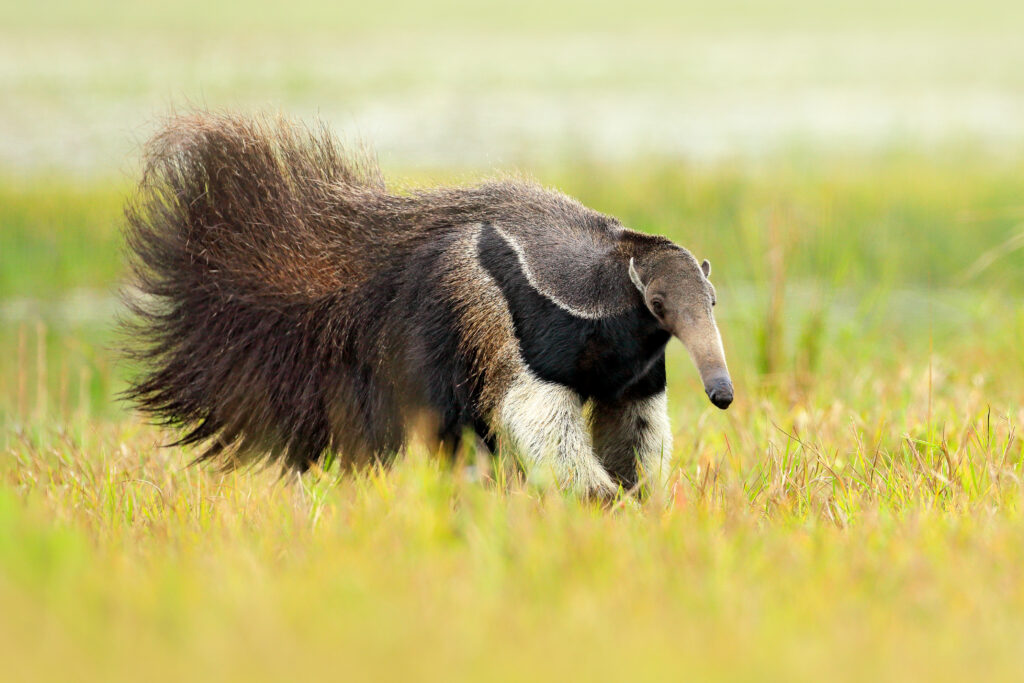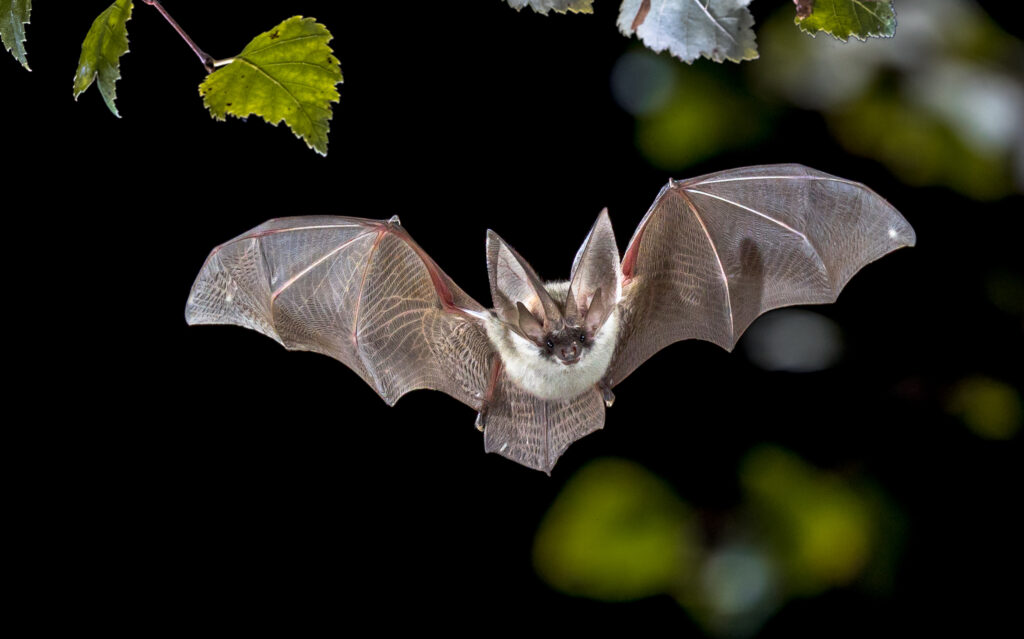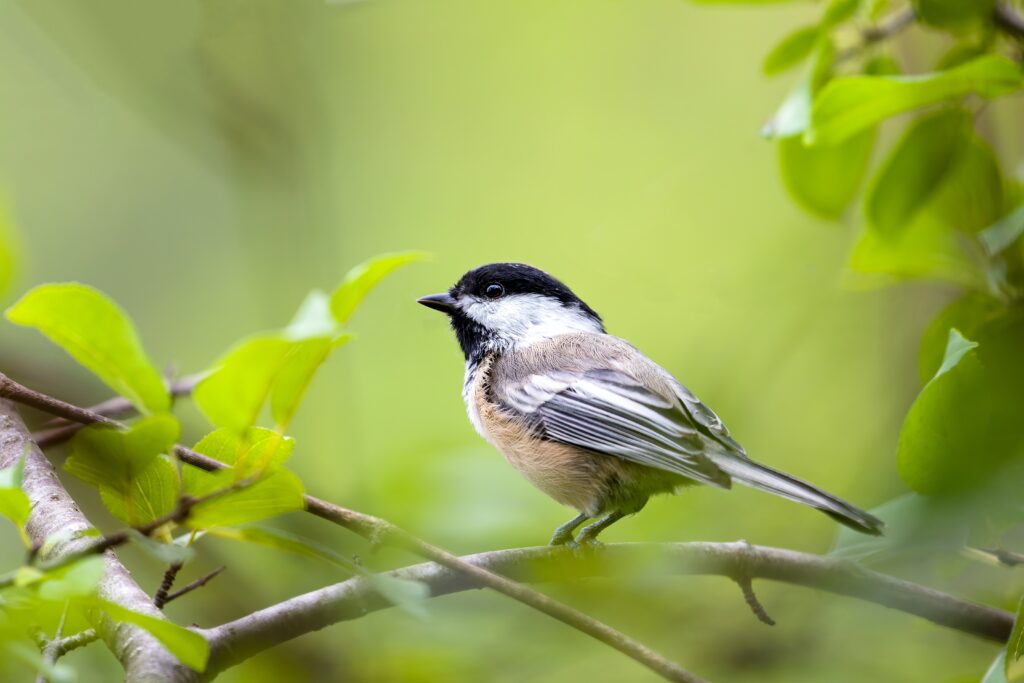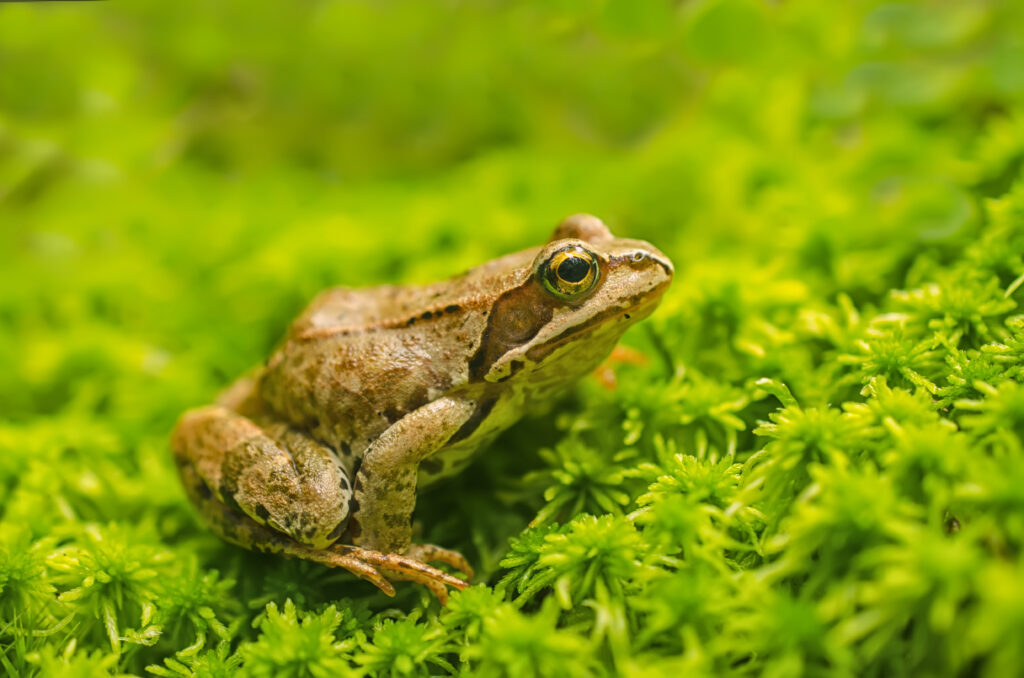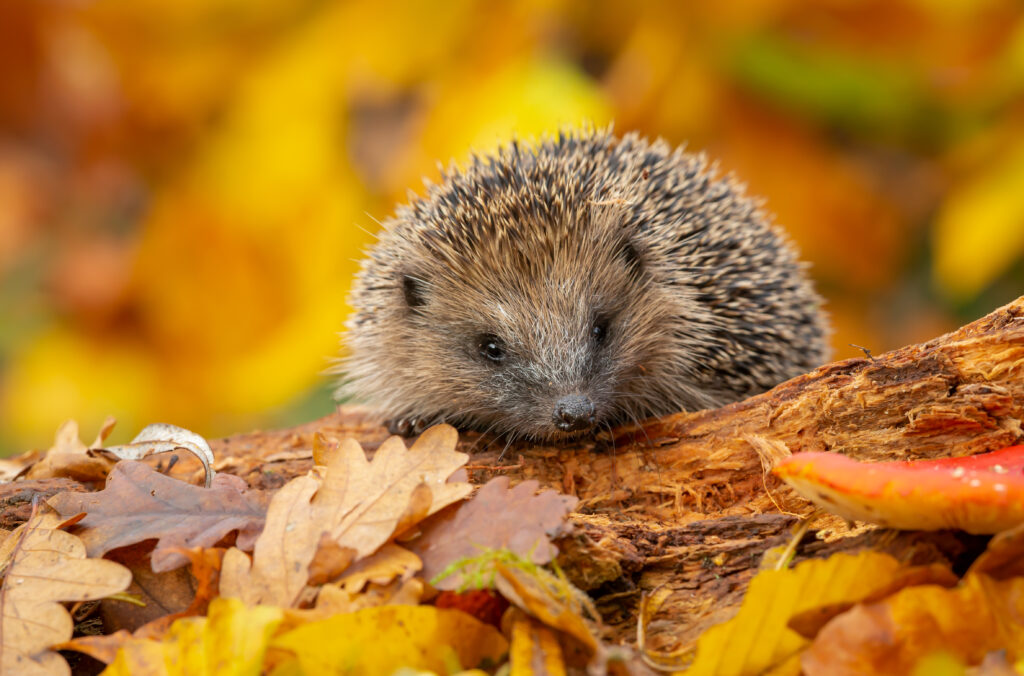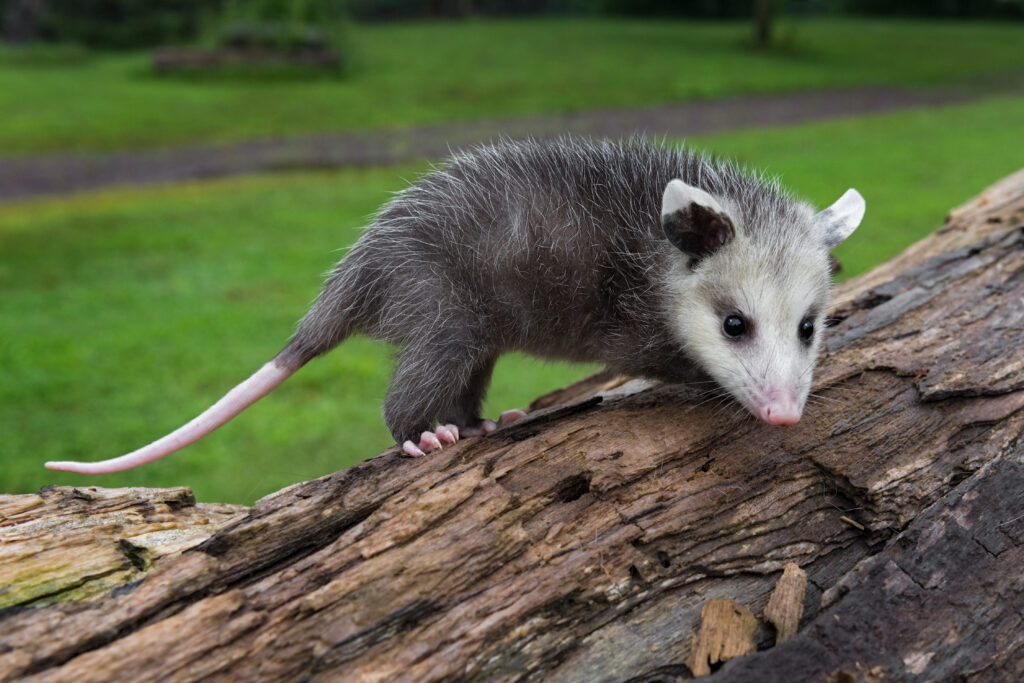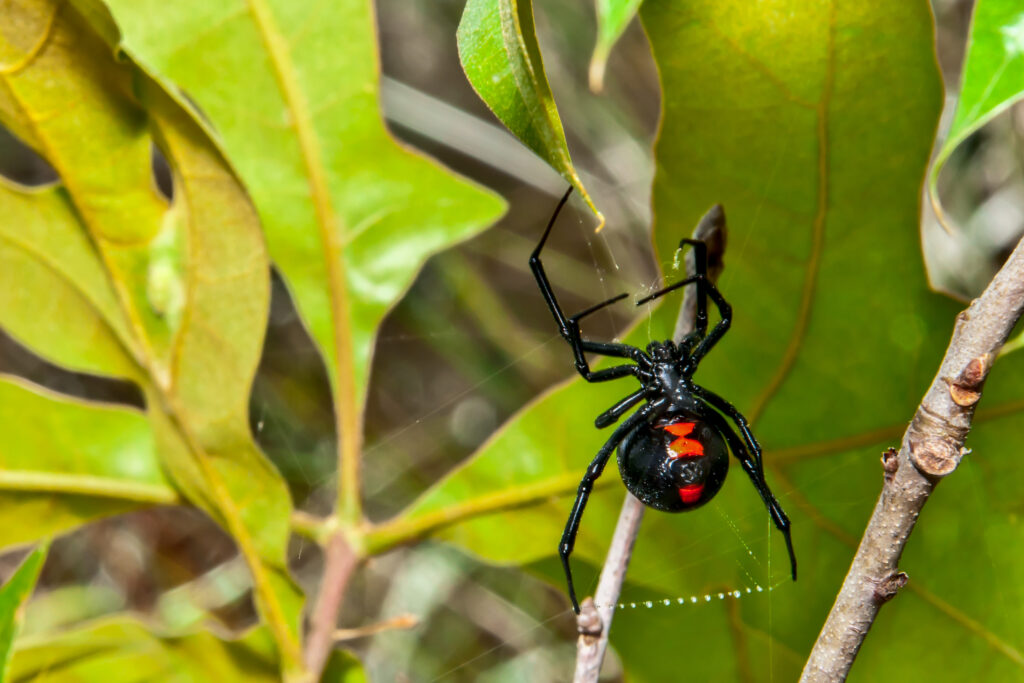When you go to the zoo, each exhibit has a board that informs guests on the basic facts of the animals living in that enclosure. The facts are usually about the habitats, behaviors, life cycles, and names of the critters. Another important piece of information is about what these animals eat in the wild, most of which is a simple diet of leaves, fruit, or other animals. But today, we’re interested in the animals that dine on our least favorite creatures: pests! Let’s explore the diets of 8 insectivorous animals that help to reduce the world’s pest population.
Anteaters
If there’s any animal known for eating bugs, it has to be the anteater. This Muppet-looking animal lives in tropical areas and forests, where they have no trouble finding enough insects to devour every day. Anteaters break apart insect nests with their sharp claws, then use their long tongues to grab as many insects as they can. They usually eat around 140 insects at one time. Anteaters mainly live off of ants and termites since these insects keep their nests in the ground.
One of the most common anteater species is the giant anteater. This forager is over 6 feet long with a tongue that’s 2 feet long! It lives in Central America and South America, and is active during the day when humans aren’t around. Giant anteaters determine the insect species based on the smell, so they can avoid the more aggressive species. Anteaters may look unassuming when they’re wandering around the forest, but they can quickly climb and run at the first sign of danger.
Bats
Favorite Bugs: beetles, mosquitoes, fruit flies, moths, gnats, crickets, locusts
As the unofficial mascots of Halloween, bats are some of the creepiest-looking insectivores ever. Most bat species live purely off of insects that they find flying around at nighttime. Bats eat anywhere from 600 to 1,000 insects in one hour, so they are essential to keeping the world’s insect population down to a manageable level.
Bats use their famous echolocation (sonar) ability to locate and catch their prey. They can technically see in the dark — contrary to popular belief — so the echolocation is just an advantage. They emit their high-frequency sounds up to 200 times per second in order to locate nearby bugs. Brown bats, one of the most common species, eat up to 100% of their body weight in bugs every day. They’re on the smaller side, but that’s still a lot of insects!
Birds
Favorite Bugs: whiteflies, mosquitoes, aphids, earwigs, caterpillars, beetles, slugs, snails, mealworms, bees
It’s no secret that birds love bugs. After all, that old saying “the early bird catches the worm” had to come from somewhere! Birds are similar to bats in that both animals are essential to reduce the general insect population. The birds that eat insects usually nest in thick bushes and trees to conceal their families as they search for the perfect meal.
In populated areas, birds search high and low (literally) for the perfect insects. They’ll visit yards, gardens, dirt patches, fields, grass, trees, and leaf piles in pursuit of bugs. Many birds even snatch flying bugs right out of the air! Birds prefer to be near fresh water as well, so they often find bugs that visit the same water source. Common insect-eating birds include cardinals, warblers, wrens, woodpeckers, bluebirds, and chickadees.
Frogs
Favorite Bugs: crickets, grasshoppers, aphids, leafhoppers, worms, snails
It’s fascinating to watch frogs snatch up bugs with their sticky tongues. Frogs wait until the insect gets just close enough, then zip! The frog’s long tongue shoots out of its gaping mouth and grabs the bug before the insect knows what happened. Since frogs are generalists, they eat just about any bug that they find in their aquatic habitats.
The only real criteria frogs have for their meals is that the bugs have to be alive and active. They won’t touch dead bugs, so frogs spend most of their days searching for live prey. As long as the bug fits in the frog’s mouth, the amphibian will happily munch on its fresh meal. Frogs with higher energy need to eat more often, but they still only eat small creepy-crawlies. Larger frogs, like the African bullfrog, eat live mice!
Hedgehogs
Favorite Bugs: earwigs, beetles, worms, caterpillars, slugs, millipedes, larvae
Hedgehogs may be cute, but the fact that their main diet is insects takes their appeal down a notch. These animals are opportunistic eaters that are satisfied with any bugs they see as they amble along. Since hedgehogs have great hearing and smell, they have little trouble finding enough bugs to eat in the wild.
Hedgehogs may run into trouble with finding reliable food sources once they enter urban areas because pest control services eliminate the bugs they would eat. That’s why hedgehogs prefer to forage away from humans, often turning to the undergrowth on farms, in gardens, and in the woods. They also eat bird eggs, fruit, and frogs, so hedgehogs are open to other food options when they’re out of hibernation.
Opossums
Favorite Bugs: beetles, roaches, crickets, spiders, snails, slugs, ticks
Opossums play “possum” when they need to trick an enemy, but they have no problem hunting for one of their favorite foods. Opossums are often compared to raccoons with how people find both animals scavenging in the yard. But opossums actually eat quite a few bugs every night, providing a bit of natural pest control for whatever neighborhood they invade.
Animals that eat bugs are usually regarded as dirty creatures that we don’t want anywhere near our homes because of their interesting diet. Opossums challenge this idea because they clean up after themselves when they enjoy a meal. They even clean themselves when they feel the presence of an infamously bloodthirsty pest: ticks. Opossums eat any ticks they find on their bodies, and the general opossum population kills thousands of ticks a year!
Sloths
Favorite Bugs: caterpillars, Azteca ants, fruit flies
Sloths don’t come close to holding the record for eating the most bugs, but they do eat enough to warrant a spot on this list. Since sloths are so slow (no offense to them), they need bugs that also move slowly. That’s why they usually stick with a plant-based diet that also gives them enough water to quench their thirst.
All sloths need a minimal amount of protein and a month to digest anything they eat, hence why they don’t seek out bugs as their main source of food. Most bugs that sloths eat just so happen to be on the leaves and plants the sloth originally wanted. However, they will make an exception for Azteca ants in the Cecropia trees that sloths often inhabit. But once the sloth removes a few ants, the rest of the colony is quick to fight the sloth at fault!
Spiders
Favorite Bugs: moths, flies, mosquitoes, spiders, earwigs, fleas, roaches
Finally, we’ve come to the paradox of the list. Spiders can be pests themselves, but they also diligently eat any insects found near their habitat. Most house spiders weave a web to catch their prey, but some hunt for insects that also live in the house. Either way, spiders are independent critters that try to avoid humans as much as possible.
Once they catch their prey, the spider holds the insect with its pedilaps (small appendages near the mouth) so it can bite the insect with its sharp fangs. Spiders can go weeks without eating insects, but they prefer to eat often if they have the option. The most common spiders we see feeding on insects are black widows, yellow sac spiders, wolf spiders, brown recluses, hobo spiders, and black house spiders.
Why Get An Anteater When You Have Pointe?
These animals are all excellent vessels for natural pest control, but that doesn’t mean we want to bring a wild animal into our homes! The most efficient way to achieve a space free of pests is with thorough services from Pointe Pest Control. Our licensed and experienced technicians leave no stone unturned as they provide targeted treatments for your specific pest issues. We are here to help every step of the way, from answering questions to giving our best prevention tips. Contact us today for more information on our productive services that keep the critters out of your home or business!
Citations
Adams, M. (n.d.). What bugs do sloths eat?. Pets On Mom. Available at https://animals.mom.com/bugs-sloths-eat-6610.html (Accessed on May 9, 2024).
Anteaters. (n.d.). IFAW. Retrieved May 9, 2024, from https://www.ifaw.org/animals/anteaters
Cardoza, M. (2023, November 2). Insect eating birds: Do birds eat bees, mosquitoes, and butterflies?. Birds & Blooms. Available at https://www.birdsandblooms.com/birding/attracting-birds/insect-eating-birds/ (Accessed May 9, 2024).
Fratt, K. (2023, August 14). What do frogs eat?. The Spruce Pets. Available at https://www.thesprucepets.com/what-frogs-eat-4584340 (Accessed on May 9, 2024).
Giant anteater. (n.d.). Smithsonian’s National Zoo & Conservation Biology Institute. Retrieved May 9, 2024, from https://nationalzoo.si.edu/animals/giant-anteater
Hagen, E. (2009, November 04). Bat Food. ASU – Ask A Biologist. Retrieved May 9, 2024 from https://askabiologist.asu.edu/bat-food
Krug, A. (2020, June 28). How to attract bug-eating birds to your backyard. Chirp. Available at https://chirpforbirds.com/how-to/how-to-attract-bug-eating-birds-to-your-backyard/ (Accessed on May 9, 2024).
Mellor, C. (2024, March 15). What do hedgehogs eat? And how to feed them. Woodland Trust. Available at https://www.woodlandtrust.org.uk/blog/2024/03/what-hedgehogs-eat/ (Accessed May 9, 2024).
Spicer, E. (2024, April 21). What do opossums/possums eat? (A super weird diet). Today’s Homeowner. Available at https://todayshomeowner.com/pest-control/guides/what-do-opossums-eat/ (Accessed on May 9, 2024).
What do spiders eat — The diet of a common house spider. (2017, October 27). EarthKind. Retrieved May 9, 2024, from https://www.earthkind.com/blog/what-do-spiders-eat-the-diet-of-a-common-house-spider/


